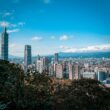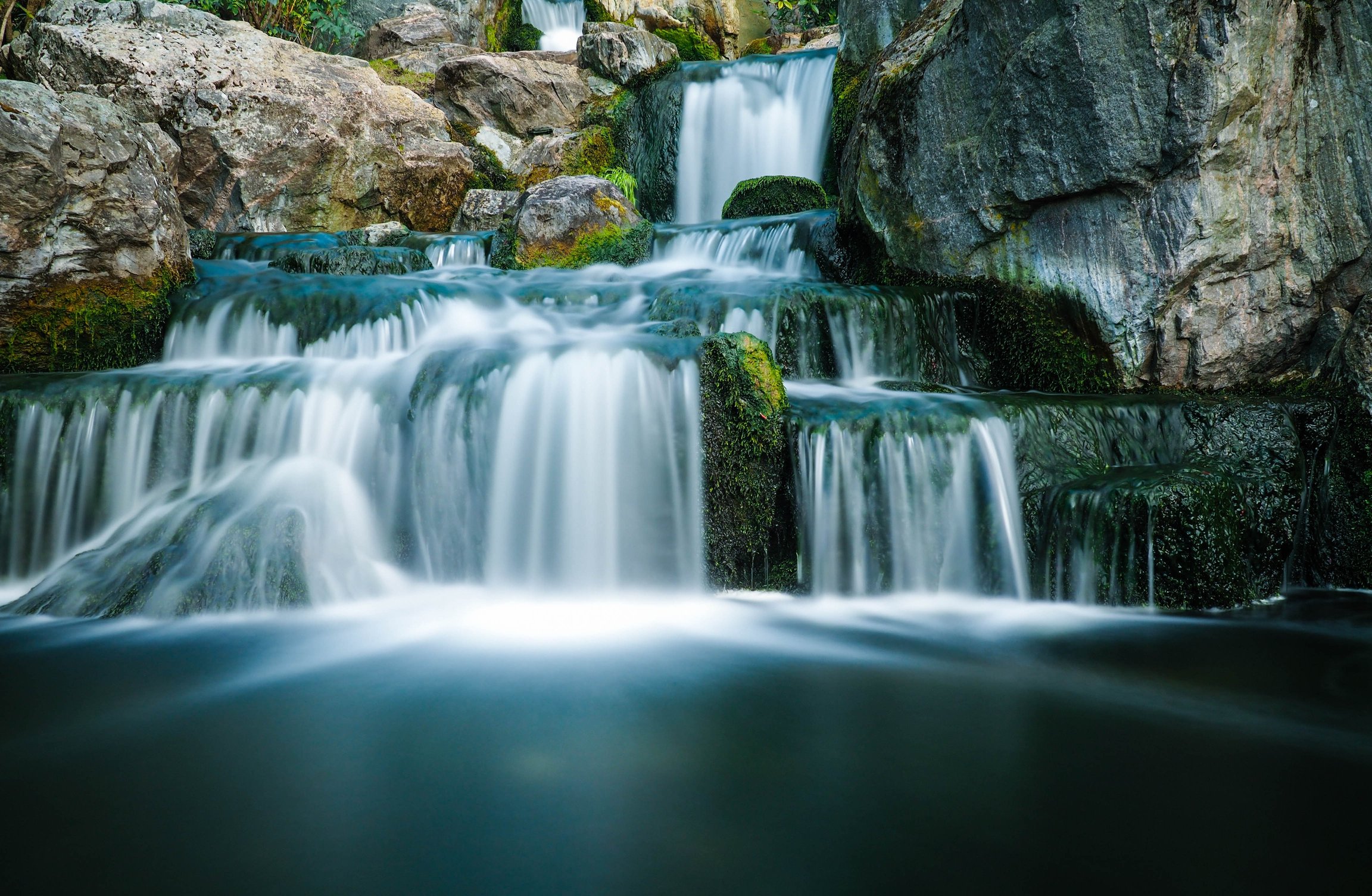The Republic of Costa Rica, also known as the “Switzerland of Latin America,” is an incredible country to visit, explore, and trek.
Sunbathing on Costa Rican beaches or hiking through the country’s National Parks is nothing but a delightful adventure. If you are more daring, visiting its active volcanoes is also a must.
Many people ask, “what’s the best time to visit your country?” yet we don’t have a clear reply. In the end, it depends on what you’re interested in seeing and intend to avoid.
If you’re into the sunny days – I expect that since you will be trekking the waterfalls – the best time to visit are the months of January, February, and March.
Who Visits Us?
We are one of the fastest-growing economic countries in Latin America, so as you can easily tell, tourism in Costa Rica is quite developed.
Travelers from all around the world come to see the beautiful integrative landscape of our country; however, I must mention that travelers uninterested in nature travel destinations won’t make visiting Costa Rica a priority. You need to truly love the natural world to come to see us!
The Trekking Conditions: Two Seasons
Costa Rica has two seasons – the dry season running from December through April, and the green season, running from May through November.
The peak time travelers choose to visit the country is the dry season, which corresponds to Europe and North America’s winter (pretty convenient, huh?).
You should plan your trip for the time that suits your interests the best, as I was mentioning above. However, here is some quick advice we can help you with.
- The dry season is the safest one for trekking conditions, so make sure that you are considering the months of December through April for this activity.
- Hiking through the rain is no problem for some travelers, so if you need to do so, don’t get too nervous. There are many hikers trekking during the rainy season and they truly enjoy their experience.
- The dry season however is the best season to visit the Poas Volcano, Mount Chirripo, as well as the Rio Celeste Waterfall. This is also the best time to hike the Corcovado National Park and enjoy some cool snorkeling!
The pros of the dry season are: warm and sunny days, the ability to enjoy a great time at various beaches, driving is safer, and tours never getting canceled because of rain conditions.
The cons of the dry season: are more packed with tourists, it can get too hot, and rates are higher.
- The green season is usually less packed with tourists, so if your priority is avoiding the crowds, this is the time to visit Costa Rica. You will also get better prices during the months of May through November and avoid the dry season’s unbearable heat.
The pros of the green season: animals are more active, and you can see more of them since they are enjoying the rain, great sports activities such as water rafting or surfing, lower prices, and better deals.
The cons of the green season: it can rain a little bit too much, some parts of Costa Rica (e.g. the Peninsula de Osa) become inaccessible, worse driving conditions, and your tour might get canceled because of rain.
The Peculiarities of Costa Rica
When people visit our country, most of them are surprised to find out that –
- Costa Rica is a stable democracy and organized political state, compared to most Latin American countries
- We don’t have any military; it was abolished from the constitution in 1949
- Costa Rica has an excellent (really, really excellent) literacy rate of 96.3%
- Our country’s eco-diversity is unique; we have various species of frogs, birds, or monkeys!
- The Costa Rican scenery leaves tourists speechless, from active volcanoes and cloud forests to shaded valleys and gorgeous beaches
- Our health care is well-designed, being ranked ahead of that in the US
- Costa Ricans are friendly, loving, and open-hearted! We love tourists, we love exploring the new, we love making new connections!
Trekking Costa Rica Waterfalls In A Student Company: Tips And Tricks To Know About
One of the must-do activities when traveling to Costa Rica is trekking the waterfalls. “There’s something special and incredible about the Costa Rican fountains,” writes Dan Kravis, co-founder of dissertation help and essay writing service.
“After a hike through La Fortuna Waterfall, my life has changed,” continues Kravis. “You can truly feel the forces of nature work in these forests, and you remain speechless.
You become one with that Universal energy; but that cannot be described, it can only be felt.”
Here are some of the best treks:
- Rio Celeste Waterfall in Guanacaste (see Fountain of Youth)
- La Paz Waterfall Gardens in Cloud Forest right outside of San Jose
- Bajos del Toro Waterfall in Cloud Forest
- Nauyaca Waterfalls in the South Pacific region of Costa Bellena
- Llanos de Cortez Waterfall in Guanacaste
- Bijagual Waterfall on the Central Pacific Coast
Tips and Tricks for Students Traveling to Costa Rica
Travel tip #1: Pack both warm and cool weather clothing
- If you plan on traveling to different areas you will find different temperatures, so make sure you pack correspondingly
- Bring a poncho or an umbrella (preferably the first option) to be prepared for the rainy season
- Keep in mind that Costa Rican weather can be unpredictable
Travel tip #2: Polish up your Spanish
- My friend from MyAssignment who is traveling Costa Rica nowadays says that many Costa Rican speak English, but many don’t so make sure you’re prepared in case you need help with something
Travel tip #3: Keep dry, especially if you are traveling during the green season
- Bring spare pairs of socks, underwear, and shoes
- Bring adequate equipment for trekking
Travel tip #4: Stay safe!
- Waterfalls could be dangerous if you are not well-prepared; wet rocks are tricky and can easily cause broken bones; be careful when you are rock hopping! Bring excellent hiking boots with you.
- Never climb on the falls unless you are a rock climber!
- Bring lots of water to stay hydrated.
Travel tip #5: How to find waterfalls
- Check books and travel guidebooks
- Check the road maps
- Surf the internet
- Ask locals (that’s why you must polish up your Spanish!)
- Check out our list of waterfalls above
Wrapping Up
As much as you love to be spontaneous when traveling, there is always some planning that needs to be done and some things to be taken care of before hopping on your plane to Costa Rica.
First is reading about your destination! Good job! Now, make sure you understand the culture of Costa Ricans, the language, and have an open mind when traveling here.
Don’t forget about our tips and tricks to trekking the waterfalls – they’re truly important to consider. Hope to see you soon! Cheers!
**Please note that this post may contain affiliate links. When booking through one of our links, we earn a small kickback at no extra cost to you and it’s a big help to keep the site up and running.









